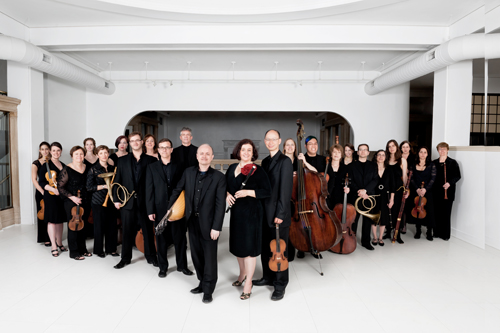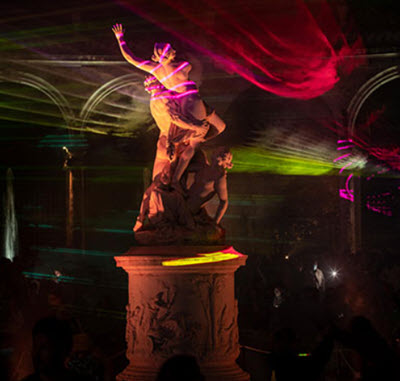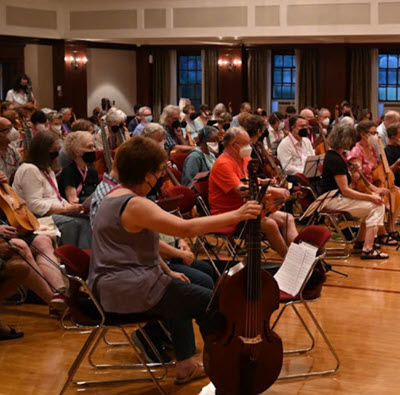by
Published March 3, 2016
contributed by Benjamin K. Roe
I think that looking at all those amazing banyan trees, all the poinsettias, all the amazing wildlife that’s there, you get the feeling that the word “Baroque” really comes to life…I think the music just sounds that much more alive in the setting of Miami. – Jay Bernfeld, Co-Artistic Director
The story of the Tropical Baroque Music Festival truly is all about location, location, location. Now in its 17th season, the funky South Florida festival (run under the auspices of the Miami Bach Society) is known for its eclectic programming, where many a blooming young ensemble has made its name. As Co-Artiistic Director Jay Bernfeld tells the South Florida Classical Review, “Miami is a type of off-beat place where you can present music that you can’t actually present in early music festivals elsewhere in the world. We’ve had steel-pan ensembles; we’ve had programs of Purcell and Gershwin. It’s at once laid back and wired enough to be able to have a different profile than other festivals.”
True to form, this year’s Tropical Baroque headliners include the Grammy-nominated ensemble El Mundo, known for their distinctive interpretations of Latin American, Spanish, and Italian music of the Baroque; a recital by the “teenage rock star of the lute” Thomas Dunford, and an appearance by the New York ensemble Quicksilver, acclaimed for performances the Milwaukee Shepherd Express has described as “the pinnacle of what chamber music can be.”

Then there’s tonight’s performers: The Philadelphia-based Baroque band Tempesta Di Mare, presenting no fewer than three programs, including tonight’s performance at the Miami Beach Community Church. Tempesta Di Mare (translated as “Storm of the Sea”) will be presenting programs that largely feature 18th century portraits of peoples far away across the Atlantic…including Georg Philipp Telemann’s Les Nations (“The Nations”). Not only was Telemann one of the true musical cosmopolitans of his time – writing effortlessly in French, Italian, Polish and German styles – but also he does himself one better in this suite, with movements celebrating the Turks, Swiss, Portuguese, and even the Muscovites!
This pan-Continental programming is also in keeping with the origins of Tropical Baroque. The festival was founded by the late Kathryn Ball Gaubatz, executive director of the Miami Bach Society for two decades, and described by all who knew her as a force of nature who stormed countless seas to bring Baroque music to Miami. As she told the Knight Foundation in a 2014 interview, “I founded the Tropical Baroque Music Festival in 2000 after Coral Gables became the sister-city of Aix-en-Provence, France, and I was invited by the then-mayor of Aix to come and observe their month-long cultural phenomenon, Le Festival d’Art Lyrique (opera), which brings fame (and fortune) to their community,” she wrote.
“I thought that a significant cultural event, using only the best international performers from around the world, would have similar results in our community,” she wrote. “And lo and behold, the French government awarded me and the Festival its highest cultural award, Le Chevalier des Arts et Lettres, in 2001. It was off to a great start.”
To this day, that spirit continues. Co-Director Miles Morgan has noted that the Tropical Baroque Festival represents “a chance to keep up with European connections. It’s not a very natural market for this kind of specialized music, but it’s exciting for everybody. So we’re working with now, finally, a great public after quite a long time.”
Check out Tempesta Di Mare’s take on Telemann!




